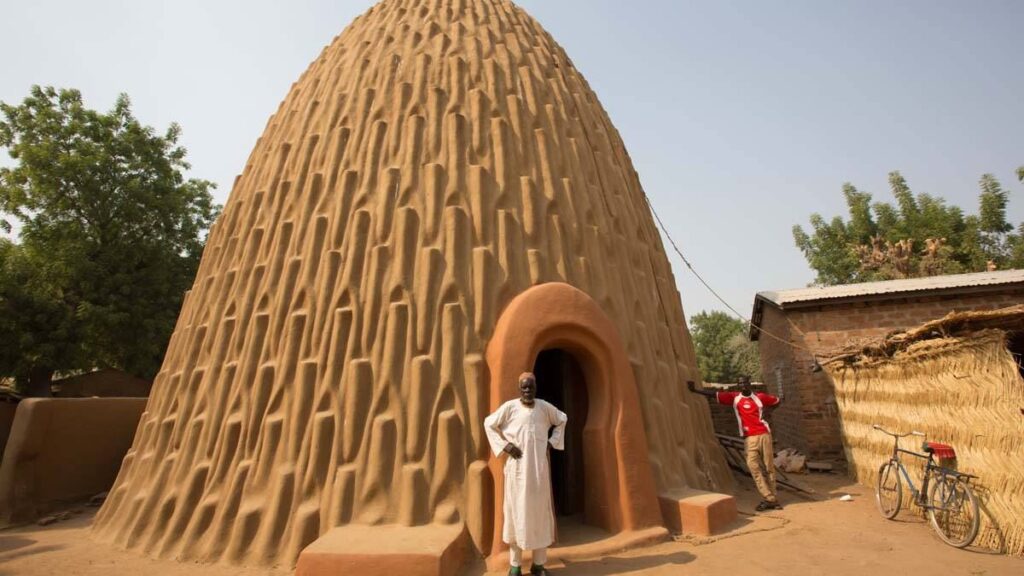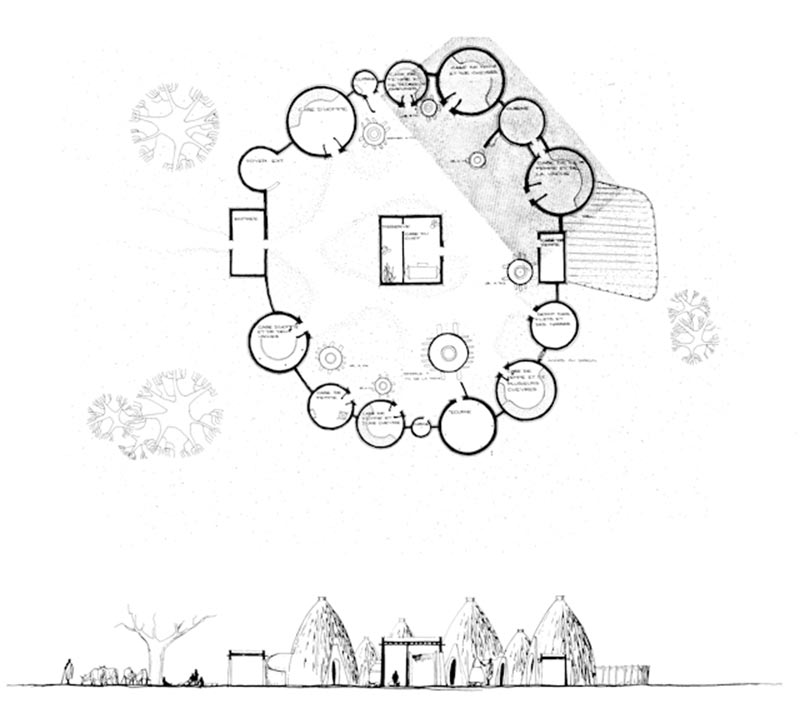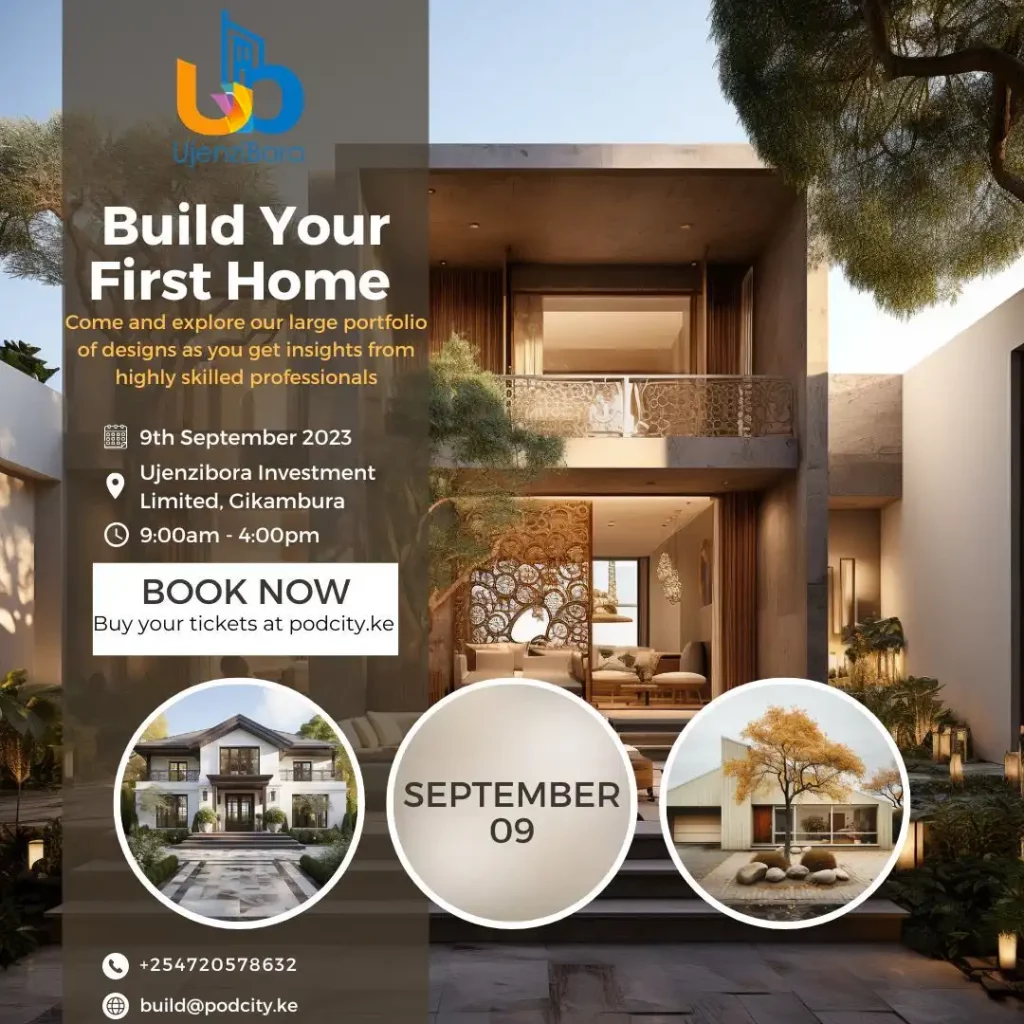Introduction:
In an era where modernization and technological advancements often overshadow the wisdom embedded in traditional practices, there exists a profound beauty and intelligence in African traditional forms of architecture. These structures, far from being mere relics of a bygone age, continue to resonate with lessons that are deeply relevant to contemporary building practices. Among the most captivating examples are the Mousgoum villages in northern Cameroon, whose unique architectural designs provide a window into a holistic approach where design and life seamlessly blend.
Christopher Alexander, in his insightful book “Notes on the Synthesis of Form,” captures the essence of this dilemma when he observes:
"Whether by coincidence or not, the hemispherical shape of the hut provides the most efficient surface for minimum heat transfer, and keeps the inside reasonably well protected from the heat of the equatorial sun. Its shape is maintained by a series of vertical reinforcing ribs. Besides helping to support the main fabric, these ribs also act as guides for rainwater, and are at the same time used by the builder of the hut as footholds which give him access to the upper part of the outside during its construction. Instead of using disposable scaffolding (wood is very scarce), he builds the scaffolding in as part of the structure."
Christopher Alexander Tweet This
The Mousgoum huts are not just aesthetically captivating; they reflect an understanding of sustainability, functionality, and cultural harmony that many modern constructions can learn from. This blog explores the merits of these African traditional forms, delving into how they align with their natural environment, satisfy social and cultural needs, and create an enduring sense of place and community. By taking a closer look at the dual coherence of the Mousgoum’s design, we will uncover insights that are applicable to today’s architectural and urban planning challenges.
Whether you are an architect, a student of design, an urban planner, or simply a curious mind seeking to understand the world’s diverse architectural landscapes, this case study of Mousgoum Villages promises to offer valuable lessons and inspiration.
Section 1: Understanding the Mousgoum Architecture
A Blend of Form and Function
The Mousgoum huts are no mere aesthetic wonders; their design serves multifunctional purposes. From their hemispherical shape that minimizes heat transfer to the reinforcing ribs that guide rainwater, every element is purposeful.
Even the ribs, initially used as scaffolding, become permanent features aiding maintenance—a seamless blend of beauty and function.
Section 2: The Dual Coherence of Design and Life

Adapting to the Environment
These huts not only embrace the landscape but become part of it. Their structural integrity relies on harmony with the surrounding earth, while their layout reflects social customs, offering protection against natural elements and potential threats.
A Sustainable Approach
Unlike modern construction, Mousgoum architecture does not disregard maintenance but integrates it into the design. The huts’ form allows for easy repair and aligns with a sustainable approach where resources are scarce.
Section 3: Lessons for Contemporary Architecture
Embracing Tradition in Modern Design
The Mousgoum huts teach us that clarity in design doesn’t mean overlooking complex problems. Each element of the structure is thoughtfully considered, leading to a clear, cohesive form that meets a myriad of requirements. This focus on holistic design offers a roadmap for contemporary architecture.
A Roadmap for Sustainable Urban Planning
Applying the principles found in Mousgoum architecture, we can envision urban planning that harmonizes with nature, utilizes resources wisely, and reflects social dynamics. These principles lay a foundation for creating cities that are both sustainable and culturally resonant.
Conclusion: A Timeless Wisdom in Design
The case study of Mousgoum Villages offers more than an architectural marvel; it opens a gateway to understanding how traditional forms can guide modern practices. Embracing the merits of African traditional forms is not about looking back but about seeing the past as a wellspring of wisdom for the future. It is a journey into the heart of design where every form has meaning, every structure tells a story, and every lesson is ripe for our time.

